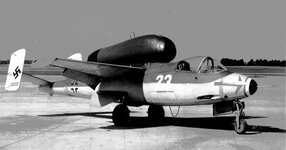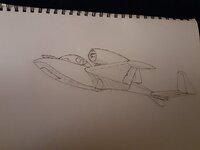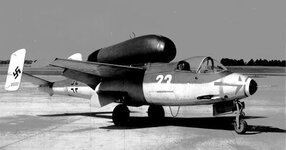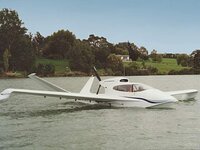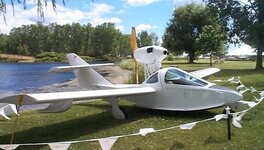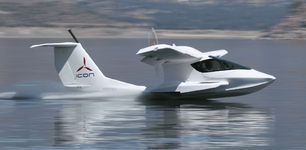Bronze Supporter
- Messages
- 16,078
- Reactions
- 33,980
I've been toying with a silly idea in my head and sketching it out.. but... I want opinions lol.
Okay so Heinkel 162 Salamander/Volksjager.. its got a single jet engine dorsally mounted, pretty sleek lines, just about 30 feet long; relatively lightweight...
Idea. Instead of it being only a land based aircraft...
Why not a light amphibian?
The fuselage could be shaped like one of those rather big floats used on the twin engined bush planes.. engine could be a turbofan taken from something like the Very Light Jet category small business jets, maybe a Garrett, maybe a PW series?
Make it a two seater? Or keep it single seat, and make it a Very Light Jet/LSA?
How bad of an idea is this? Lol
Probably best to build a scale model of it, or a CGI model but I aint got materials or computer software for it. @Ura-Ki , thoughts?
Okay so Heinkel 162 Salamander/Volksjager.. its got a single jet engine dorsally mounted, pretty sleek lines, just about 30 feet long; relatively lightweight...
Idea. Instead of it being only a land based aircraft...
Why not a light amphibian?
The fuselage could be shaped like one of those rather big floats used on the twin engined bush planes.. engine could be a turbofan taken from something like the Very Light Jet category small business jets, maybe a Garrett, maybe a PW series?
Make it a two seater? Or keep it single seat, and make it a Very Light Jet/LSA?
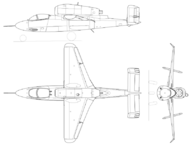
How bad of an idea is this? Lol
Probably best to build a scale model of it, or a CGI model but I aint got materials or computer software for it. @Ura-Ki , thoughts?






